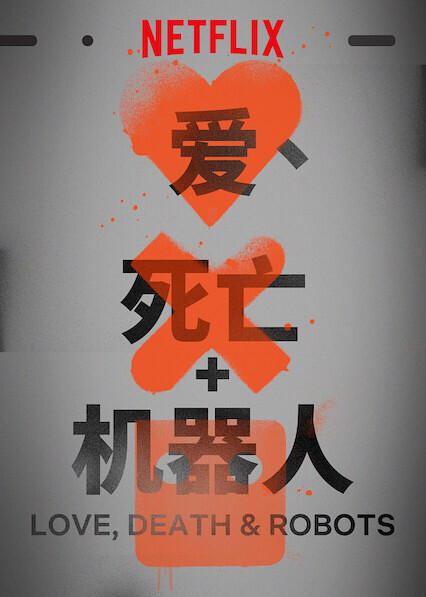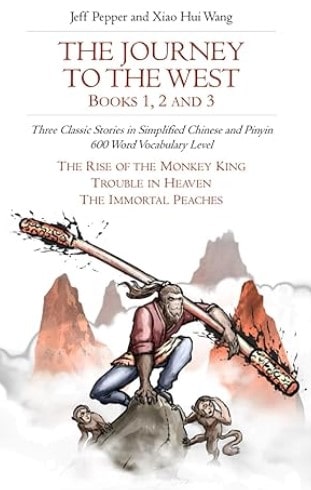So you know the Netflix sci-fi anthology show Love, Death + Robots, right? Season 3 just dropped, and it’s being hailed as a return to form, almost as good as season 1, whereas season 2 was a bit of a disappointment. What you may not know is that the show is quite popular in China (or in Shanghai, at least). Due to its adult nature (violence, gore, nudity, sexual content), Love, Death & Robots was always going to have a hard time finding a prominent slot on any government-approved video streaming platform. But the show is super interesting in the ideas that it presents, and it does so in style, so Chinese sci-fi fans have been eating it up ever since season 1 come out.
Although each episode has a name, Love, Death & Robots also likes to use icons for each episode title. In fact, the name “Love, Death & Robots” itself is sometimes written in emoji as “

 .” So it’s not surprising that Chinese viewers have slapped a more interesting moniker on this show. While the official Chinese translation of Love, Death & Robots may be the expected 爱,死亡和机器人 (Ài, Sǐwáng hé Jīqìrén), the commonly used nickname in Chinese is the much shorter 爱死机 (Ài Sǐ Jī). Instead of an emoji per word, it’s a Chinese character per word. It gets the point across.
.” So it’s not surprising that Chinese viewers have slapped a more interesting moniker on this show. While the official Chinese translation of Love, Death & Robots may be the expected 爱,死亡和机器人 (Ài, Sǐwáng hé Jīqìrén), the commonly used nickname in Chinese is the much shorter 爱死机 (Ài Sǐ Jī). Instead of an emoji per word, it’s a Chinese character per word. It gets the point across.

But what’s interesting about this nickname? Well, it’s not only used in writing; it’s also used in spoken Chinese. And when you hear 爱死机 (Ài Sǐ Jī) for the first time, whether you’re a native speaker or a learner, you have no idea what you’re hearing. It’s hard to make sense of. If you see the characters but are unaware that it’s the name of a sci-fi anthology series, there are still multiple possible interpretations:
- 爱死机 (ài-sǐ jī) to love to death a machine
- 爱死机 (àisǐ-jī) a machine that loves to death
- 爱死机 (ài sǐjī) loves to crash (the word 死机 is a common term for when a computer freezes up and needs a reboot)
- 爱死机 (Ài Sǐ Jī)


 (no one guesses this one)
(no one guesses this one)
So it’s kind of fun.



